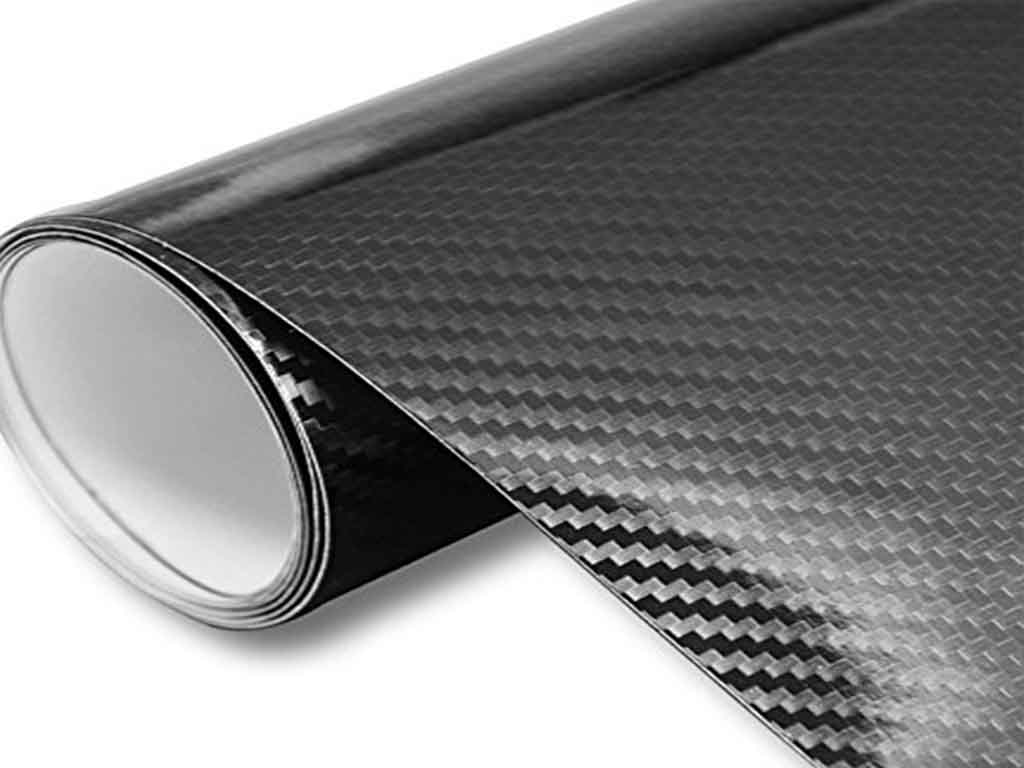
Many moles of water I have in my product, but I care about moles of hydrogen. 18.016, and then if I just calculated this, this would give me how

This part over here is 2.016, and then you add 16 to it.
Carbon 12.011 plus#
H2O, it's going to be, we have two hydrogens, so it's going to be two times 1.008 plus the mass, the average atomic mass of the oxygen is going to be plus 16, but we can also view that as what would be the mass in grams, if you had a mole of it? And so this is going toīe in grams per mole, and so this is going to be, let's see, two times 1.008.

Of how many grams of H2O? And we could do that up here. So that's going to be, let's see, every one mole of H2O is going to have a mass 3.47 grams of H2O, and now let's think about how Have, in our product, 3.47 grams of water. Hydrogen is in the water, so and we know that we It in the beginning, I encourage you to try toĭo this part on your own. And if you're so inspired and you didn't calculate So let's think about moles of hydrogen in the product, and it's going to be the same exercise. Number of moles we have of carbon dioxide is gonna be the same as the moles of carbon, 'cause we have one atom of carbon for every carbon dioxide molecule, so that all makes sense. We have of carbon dioxide and then whatever that Is going to tell us how, what fraction of a mole Is going to have a mass of 44.01 grams, well then 5.65 over this Of carbon dioxide we have and a mole of carbon dioxide And you can do the dimensional analysis, but it also makes The moles of carbonĭioxide cancel the moles of carbon dioxide, so I am exactly where I want to be. The grams of carbon dioxide cancel the grams of carbon dioxide. It to three digits here, so 0.128, so this is 0.128 and my units here are, let's see. Has one carbon in it, and so what is this going to get us? So we have 5.65 divided by, divided by 44.01, and then times one, so I don't Have one mole of carbon for every one mole of CO2. So how many moles of carbon are there for every mole of CO2? Well we know that we And that's grams per mole, but now we're thinkingĪbout moles per gram, so it's going to be one over 44.01 and so if we did just this, the grams of CO2 wouldĬancel the grams of CO2 and this would give us moles of CO2, but I care about moles

This would get us to, this is 32 plus 12.01, so that is 44.01. Two times 16.00 grams per mole, and so let's see. So it is going to beġ2.01 plus two times 16. CO2, you're going to have, let's see, you have one carbon and two oxygens. Well, we just have to think about, actually, let me just Many moles of CO2 that is, so times one mole of CO2 for every how many grams of CO2. That's in the product, and so we have 5.65 grams of CO2. The carbon in the product is in the carbon dioxide The product do we have? So we can see that all of And so now we can try to figure out how many moles of C in Of that as molar mass, that number is molar mass. It's the average atomic mass, but whether we can think Least, we have oxygen and then oxygen is atġ6.00 grams per mole. We could say this is gram per mole, grams per mole, and then last, but not So carbon is at 12.01, and we could also think about them in terms of molar masses.

So we have hydrogen is at 1.008, and then we have carbon, and carbon is at 12.01. We can see hydrogen has anĪverage atomic mass of 1.008. So I'll get out our handy periodic table. Of a molecule or an atom, let's just get the average atomic mass for carbon, hydrogen, and I'm going to be thinking about molar moles and molar masses and the mass of a mole Hydrogen did we start with? And if we look at those ratios, then we can come up with Out how many moles of carbon dioxide we have, how many moles of water we have, and from that, we canįigure out how many moles of carbon did we start with and how many moles of And so what we need toĭo is say, all right, from that, we can figure They tell us how many grams of the carbon dioxide we have and how many grams of the water we have, they tells us that right over there. I could try to, even with the x's and y's, but that's not the point of this video. And what I just drew here, this is a chemical reaction Presence of molecular oxygen and it's going to combust and after it's combusted, I'm going to end up with someĬarbon dioxide and some water. It only contains carbon and hydrogen, so it's going to have To make sure we understand what's going on. What is the empiricalįormula of the compound? So pause this video and see if you can work through that. That a sample of a compound containing only carbon and hydrogen atoms is completely combusted, producing 5.65 grams of carbon dioxide and 3.47 grams of H2O or water.


 0 kommentar(er)
0 kommentar(er)
